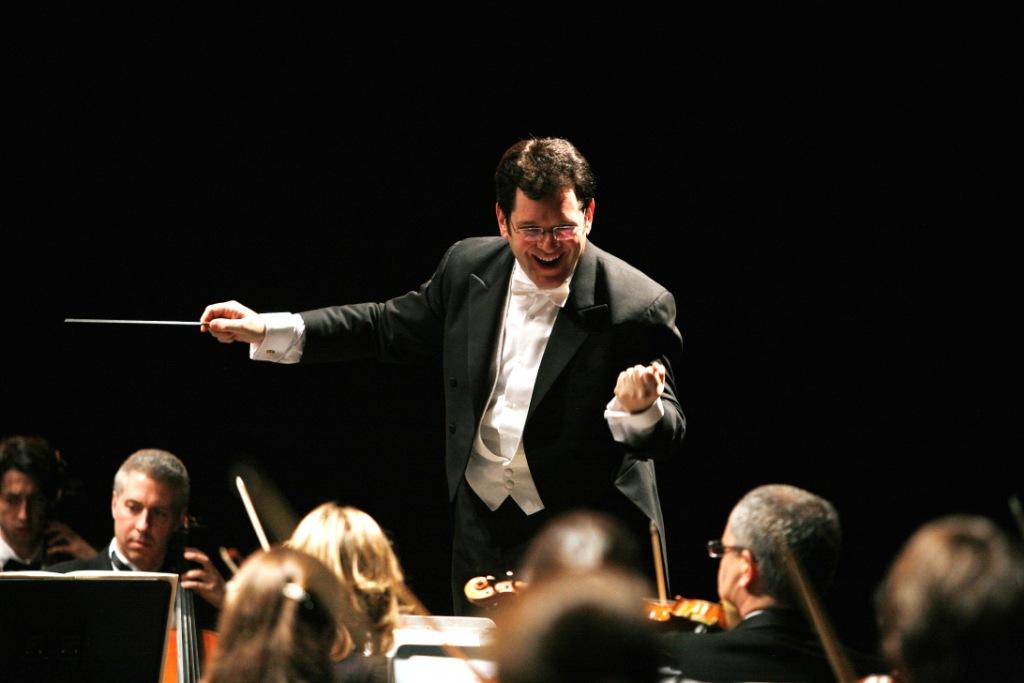Guitarist Carlos Perez, a native of Chile, presented a potpourri of composers from Bach to Rodrigo on his recital. He performed entirely from memory. Rodrigo’s Elogio de la Guitarra is wonderfully inventive, and Perez played it with much flavor and zest¸ and with spontaneity of tempo and spirit. Another highlight of the program was the inventive, captivating and technically demanding Tarentella by David Pavlovits. Pavlovitz is a young Hungarian composer and guitarist (one can tell he plays guitar because his work is so idiomatic for the instrument) whose work is inspired by the folklore of South-Eastern Europe. Perez played the piece with both depth of character and technical accomplishment.
In Carulli’s Deux Andantes (No. 1 and 3), Op. 320, Perez showed a wide variety of color, and the pieces were exquisitely rendered. Bach’s Cello Suite No. 4 in E-flat is not really suited to guitar, as one misses the sustained sound of the cello and its dynamic range. Antonio Lauro’s Three Pieces could have used more contrast as well, although the Romanza was perfect in its detail. Four Chilean Folk Songs could not have been played with a more natural affinity for the style. Earlier in the program, I occasionally wished for more definition in the phrasing, but here, Perez brought a lovely shape to all of them, especially to Parabienes—Ya se casaron los novios, where a captivating, gradual decrescendo had me searching for the fading sonorities at the edge of my seat.
Perez has issued ten CDs, two DVDs, and recorded at several European radios, and he has given recitals in over thirty countries in North, Central, and South America as well as Europe. He has played at the Berlin Philarmonie, the Auditorio Nacional in Spain, and England’s Royal Festival Hall among others. We look forward to his next recital here in New York. No doubt, he has much to offer the guitar community.


![Mamlok_-_fotographer_Simon_Pauly_MÀrz_09_011_sm[1]](https://www.nyconcertreview.com/blog/wp-content/uploads/blog_images/Mamlok_-_fotographer_Simon_Pauly_MÀrz_09_011_sm1.jpg)